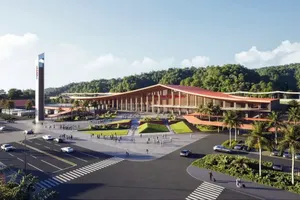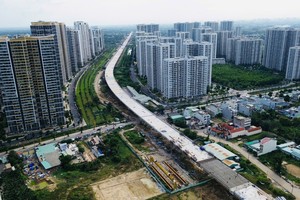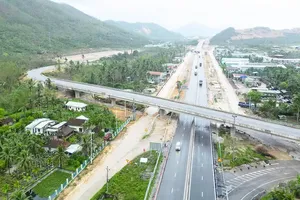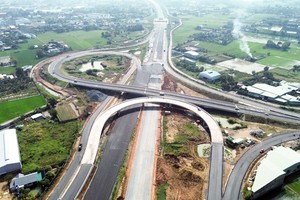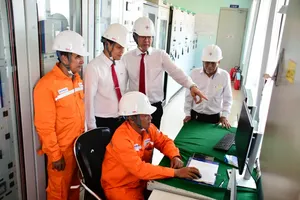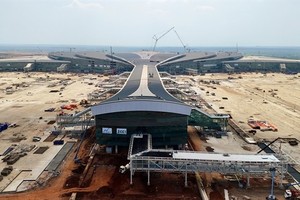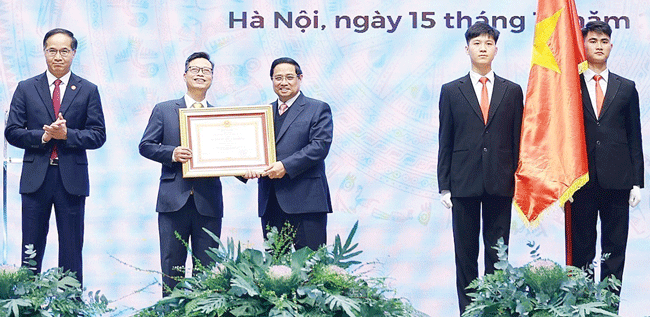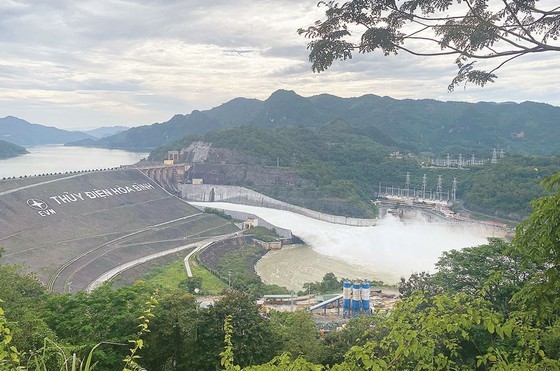
NCHMF has just released a report on harsh disasters in the upcoming months. It is predicted that there will be 10-12 typhoons and tropical depressions till the end of the year, some of which may have complicated and rapid movements.
In addition, as cold air appears early (from October-November) to combine with regular storms, from July to September, the precipitation in the North will possibly be higher than the average of other years. There will probably be series of heavy rain in the Central coastal areas from October to December.
NCHMF comments that the climate in Vietnam has become more unpredictable, just like its international counterparts’ review. The usual La Nina lasts 2 years, yet this time it has existed for over 3 years. Therefore, by the end of this year, the severe flooding of 2011 may be repeated. These adverse weathers will obviously increase the pressure to regulate and operate hydroelectricity reservoirs in Vietnam.
Since the prices of fossil fuel in the world have risen remarkably, the use of water to harness power has greatly saved production cost for businesses in Vietnam. As such, right now all hydropower plants in the country are working at full capacity and propose to increase the water storage level of their own reservoirs. However, since June beginning, large reservoirs in the North like Hoa Binh, Son La, Tuyen Quang have to repeatedly discharge excess water under the request of the Natural Disaster Prevention and Control.
In a meeting with Hoa Binh Hydropower Plant on June 17, Minister of Agriculture and Rural Development Le Minh Hoan commented that this is the first time there is a request to discharge water before the rainy season. However, Deputy General Director of EVN Pham Hong Phuong shared that this action might lead to water shortage for power harnessing if the real precipitation in the upcoming time is not up to the predicted one and the reservoir cannot increase its storage by 10m, resulting in unnecessary challenges.
This means a critical role of precise weather forecast in hydroelectricity reservoir management. General Director of the National Center for Meteorology and Hydrology Tran Hong Thai stressed that the Government and the National Steering Committee for Natural Disaster Prevention and Control both admitted despite improvements in weather forecasts in Vietnam, there is much to do to satisfy current demands.
He added that hydropower reservoirs have played an important role in economic growth and flooding regulation when strictly and logically operating. Therefore, the Ministry of Agriculture and Rural Development has asked for opinions of 63 provinces and cities about current issues to address for better performance.
Right now, there are certain rigid regulations on storage and flooding water levels as well as discharge levels. When implementing technologies to improve forecast precision from 2023, along with the adjusted Water Resource Law, it will be easier to strictly monitor the water levels of reservoirs for timely water discharge and the control on which gate to discharge. Obviously, this will greatly boost operation and management tasks.

